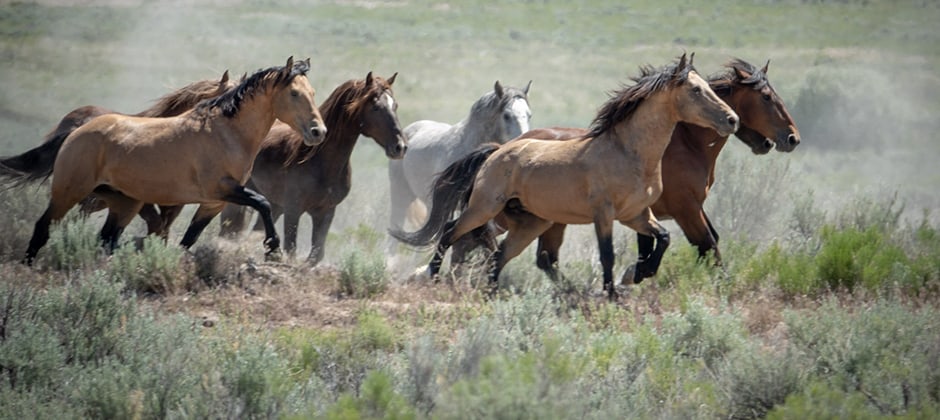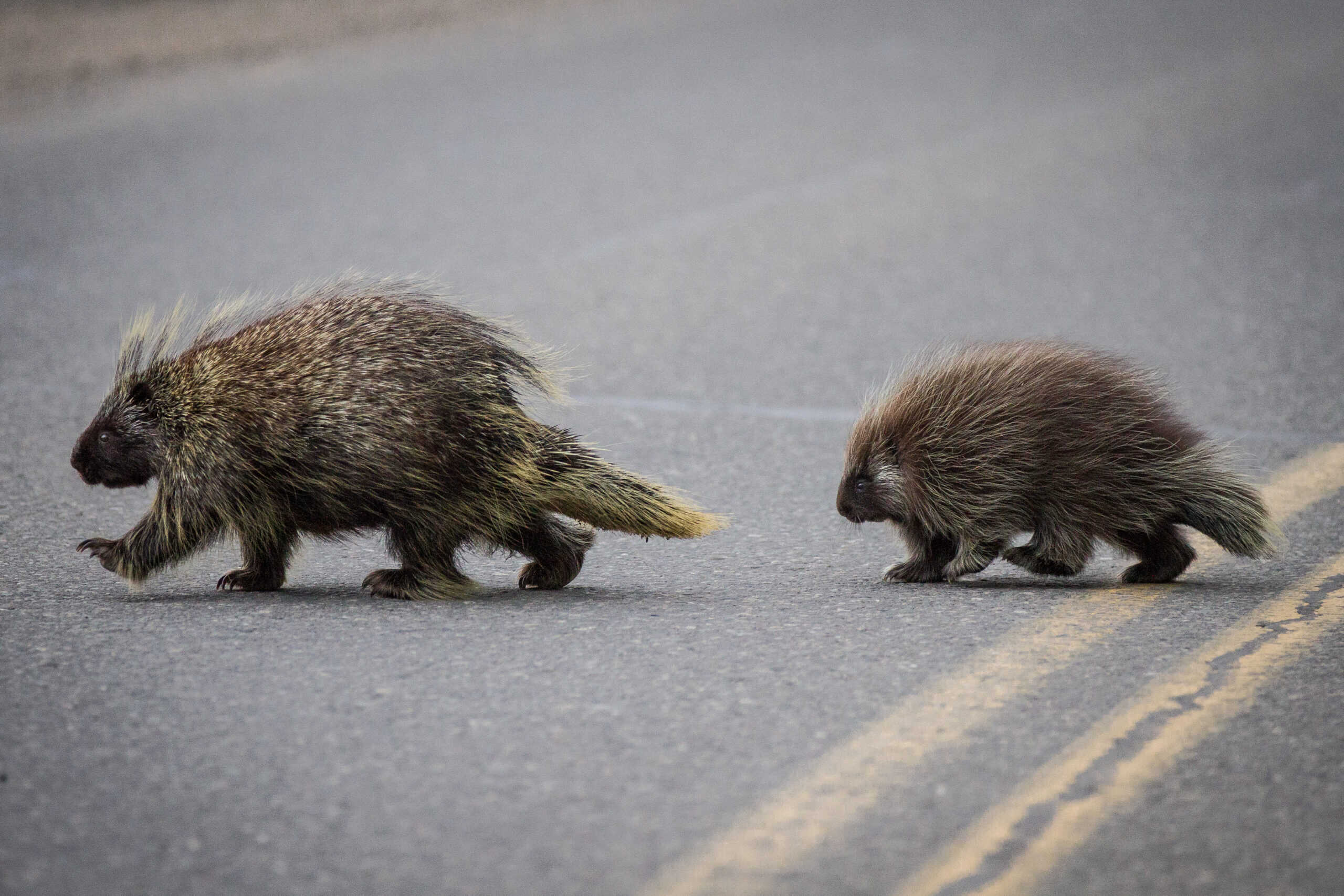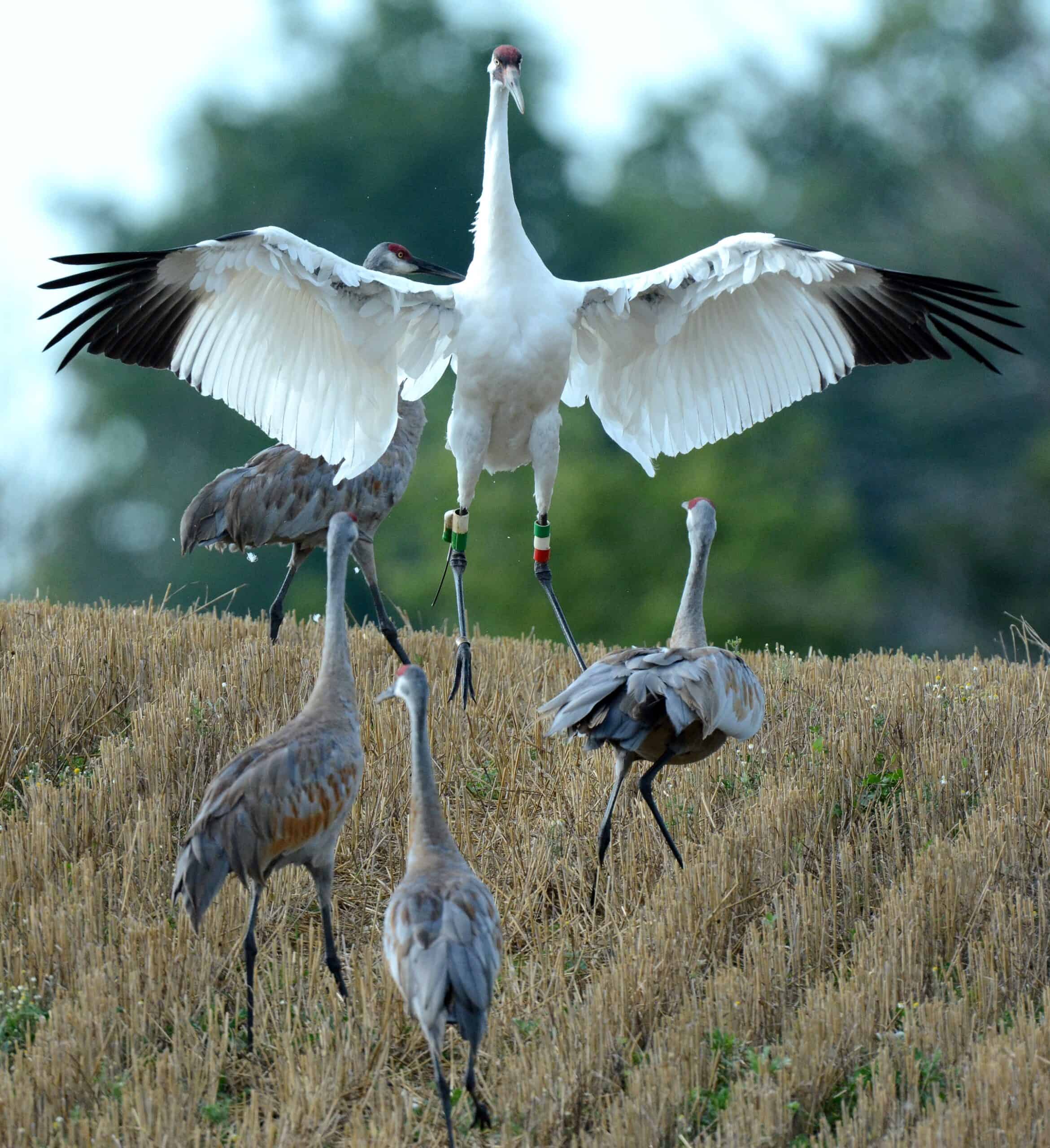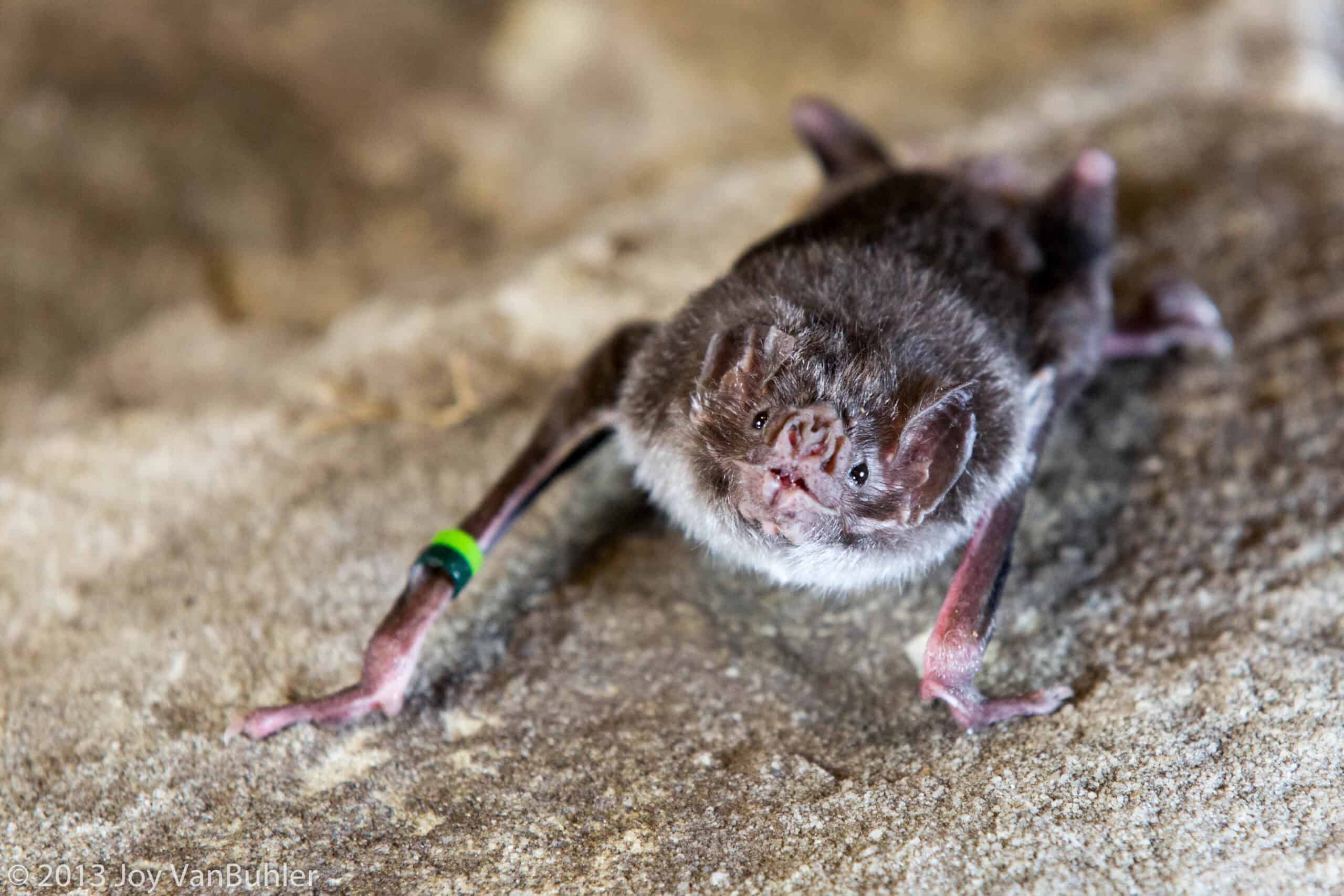Share this article
Free-roaming horse and burro summit seeks solutions
Diverse stakeholders from the conservation, livestock management and animal welfare world came together to take the first steps in a process that aims to bring consensus to the management of free-roaming horse (Equus caballus) and burro (Equus asinus) populations.
Expanding populations of these ecologically feral species pose a growing problem on vast stretches of land in western states — a problem many stakeholders say is economically and ecologically unsustainable.
“The biggest loser in this is going to be the future generations if we don’t do something now,” said Terry Messmer, a TWS fellow, Certified Wildlife Biologist®, and professor at Utah State University, who coordinated the event. “People have been kicking the can down the road for the last 40 years.”
The Wildlife Society and its Utah, Wyoming and Nevada chapters co-hosted the “Free Roaming Equids and Ecosystem Sustainability Summit” along with the Society for Range Management, SRM chapters, the Jack H. Berryman Institute, Utah State University and Nevada Bighorns Unlimited in Reno, Nevada this year from May 29 to 31.
The goal was to bring diverse — and sometimes opposing — interest groups together to develop a collective solution to the problems accompanying growing populations of free-roaming equids.
“It’s a small step,” Messmer said. “We’re at the crawl stage but we’re struggling to start walking.”
Wildlife management is often a challenge, but the management of one of the oldest invasive species in the U.S. is especially difficult when it’s an animal as iconic as horses and burros.
The duty to manage these animals as part of the nation’s public lands began with the Wild Free-Roaming Horses and Burros Act of 1971, partly due to campaigning efforts of wild horse advocate Velma Johnston. While the act covers some populations of free-roaming horses and burros on select federal lands, other populations fall to state livestock laws or tribal laws. In the past several decades, the population of free-roaming horses and burros has skyrocketed across western states and continues to grow by 15% to 20% per year, according to the National Academy of Sciences.
Messmer said that it was important for the various groups concerned about this issue to work together toward a possible agreed-upon solution. As he said to a crowd of more than 150 participants representing more than 90 organizations, “The enemy is not sitting next to you, the enemy is time.”
The growing populations bring a plethora of ecological problems. The animals change watersheds through trampling and compete for water, forage and cover with native wildlife. Many of these problems are illustrated in TWS’ video, shown at the summit, “Horse Rich and Dirt Poor.”
Other presentations at the event highlighted scientific research on topics such as the effect horses and burros have on native wildlife habitat, advancements on our understanding of the potential use of fertility control, and sterilization to control populations. Participants also took a tour of Bureau of Land Management’s Pine Nut Mountains Herd Management Area that illustrated some of the damage caused by equids in western Nevada.
“The Summit convened a diverse group of individuals and organizations, but everyone in the room shared a concern about ecosystem health,” said Brian Wakeling, Game Division Administrator of the Nevada Department of Wildlife and TWS’ Nevada Chapter representative at the summit. “If we have one common concern, it is possible that we can identify actions that will help us address that concern.”
The conference was rounded off on the last day with breakout discussions where stakeholders worked together to develop actions that organizations could take to improve management.
Stakeholders in the Reno forum agreed on the need for a new approach to deal with horses and burros.
“Attendees at the summit heard presentations about the management challenges, ecological risks of continuing to let populations expand, and research into the effectiveness of potential management actions,” said Keith Norris, director of wildlife policy and communications at The Wildlife Society. “Organizations now have a more comprehensive understanding of the issue and are finding ways to work together to improve management in a way that ensures free-roaming horses and burros are managed to sustain healthy herds on healthy lands.”
Wakeling said “We must remain committed to negotiating, not compromising, multiple actions to achieve an ecologically acceptable population of free-roaming equids on healthy rangelands.”
Header Image: Organizations met in May to discuss sustainable management of free-roaming horses and burros on western lands. ©BLM Idaho








